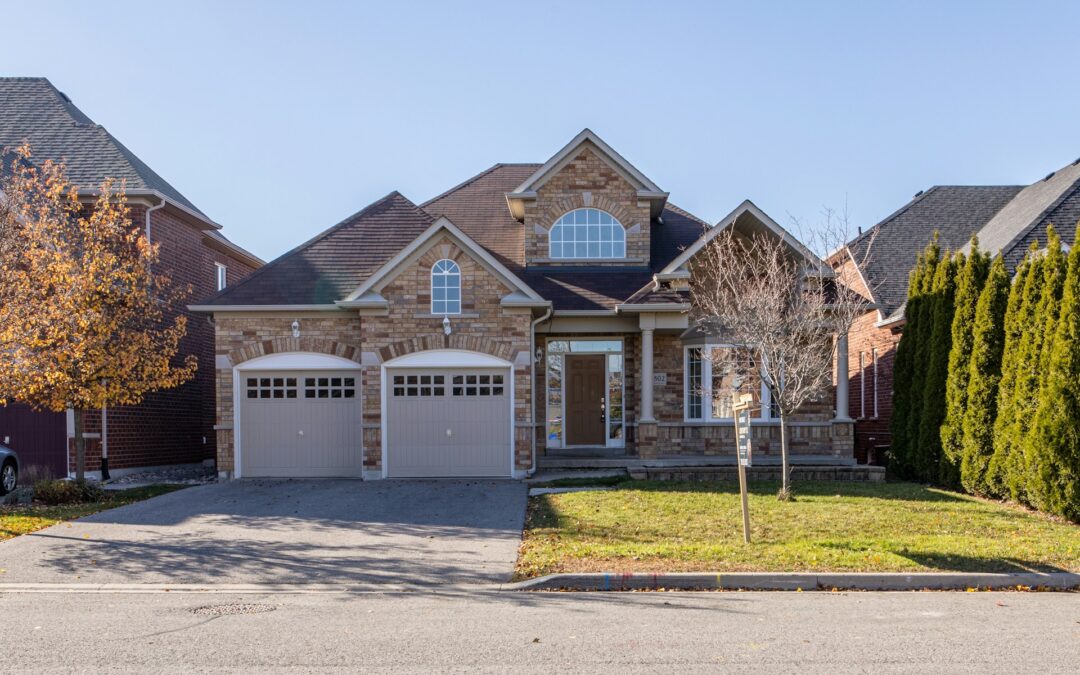A broken garage door spring is the kind of problem that shows up without much warning and causes major inconvenience. One minute, the door seems to be working just fine, and the next, it’s stuck halfway or won’t move at all. Since garage door springs take on most of the lifting, even a small issue can lead to a full stop in how your door functions. Whether it’s in the middle of summer when you’re running out for errands, or first thing in the morning when you’re trying to get to work, a spring failure can throw off your whole day.
That’s why it helps to understand the signs of wear before things get too far. Summer in places like Langley is usually a great time to give some attention to the moving parts of your garage door system. The dry weather makes it easier to spot wear, apply lubrication, and schedule upkeep before issues pop up. Staying ahead of spring failure doesn’t just avoid hassle. It helps keep both people and property safe.
Our services cover Langley, Surrey, and Vancouver, so if your garage door starts acting up, you’ll know exactly who to call.
Understanding Garage Door Springs
Garage doors depend on springs to lift and close smoothly. These springs take on the heavy lifting, making the door feel much lighter and easier to operate. There are two main types of springs that are commonly used: torsion springs and extension springs.
Torsion springs are the more common choice and are usually mounted above the closed door. They work by twisting to build tension as the door shuts, then releasing that energy as the door opens. This method makes for smoother action and better control.
Extension springs, on the other hand, are found along the sides of the door. They stretch out when the door closes and contract as it opens. While they work just fine, they do face more physical stress and wear out faster than torsion types.
A lot of people don’t think about their garage springs at all—until something goes wrong. But these parts do more than just sit there. They are constantly managing the full weight of the door. When one of them fails, the result can be more than just irritating. It can also be unsafe. If a spring loses tension or snaps, the garage door becomes heavy, unstable, and in some cases, unable to move.
Trying to open or close your garage door with a broken spring is not just risky for the door mechanism. It can also damage the opener or cause the door to drop without warning, which is a serious hazard—especially if the garage is used often or is attached to your home.
Signs of a Broken Spring
Spotting a weak or broken spring early gives you a better shot at preventing a bigger breakdown. Springs don’t always give you much warning, but there are certain signs to keep an eye—or ear—on.
Here are some common symptoms:
1. The door struggles to rise or only lifts partway before stopping
2. The opener hums but the door doesn’t budge
3. A loud bang from the garage, like a branch snapping
4. The door opens at a strange angle or looks uneven
5. You can see a gap or break in the spring itself
One Langley customer told us they heard a loud pop one evening and found their spring in two pieces the next morning. This is more common than you might think. A loud snap or sudden issue when everything worked fine the day before is usually a spring calling it quits.
If any of these signs show up, stop using the door until it’s looked at. A broken spring left unchecked can throw off your whole garage system. Even manually forcing the door can be dangerous. These springs are wound tightly and hold a lot of force. Missteps can lead to injury or extra repairs down the road.
Preventive Maintenance Tips
Keeping your garage door springs in good condition doesn’t take a lot of work. With just a little attention each season, you can help extend the life of your springs and avoid trouble.
Here are a few tips that go a long way:
1. Do visual inspections regularly. Look out for rust, stretched coils, and any gaps in the spring.
2. Lubricate moving metal parts every few months with a silicone-based spray. It helps reduce wear without attracting dust.
3. Listen while the door operates. New grinding or squeaking sounds aren’t normal and can point to spring fatigue.
4. Test the balance. Disconnect the opener and manually lift the door halfway. If it drops or feels heavy, the springs could be out of balance.
5. Close the door gently. Slamming it can mess with tension and lead to quicker wear.
These maintenance steps are especially useful in the summer when the weather is dry and daylight hours are longer. That makes upkeep easier to schedule. Whether you live in Surrey or are closer to Vancouver, getting ahead of potential damage means fewer surprises down the line.
Even if nothing seems wrong, a seasonal check can save you from expensive repairs and annoying breakdowns. Make it a habit the same way you might change your furnace filter or clean your gutters.
When to Seek Professional Help
There’s a limit to what you can—or should—do yourself when it comes to garage doors. A garage spring holds a huge amount of tension, and mishandling it can quickly turn serious.
Here are moments when calling a pro is the safest move:
1. The spring has snapped or cracked in half
2. You hear a loud, sharp noise while using the door
3. The cables are loose or look tangled
4. The door starts leaning or lifts unevenly
5. The opener works but makes struggling or grinding noises
Trying to fix a garage door with a broken spring on your own is risky. Tools meant for spring repairs are not everyday items, and improper adjustments can lead to the door slamming shut or even spring parts flying off.
Safety should always come first. In colder months, metal can harden and increase the chance of cracks. In warmer months, expansion can change alignment. Both make a tough job even trickier. That’s where trained help makes all the difference.
It’s also not always easy to figure out why something’s not working. Cables, tracks, or the opener might seem like the cause, but it’s often a weakened spring behind the issue. A trained technician knows what to look for and can sort it out without risky guesswork.
Keeping Garage Springs in Better Shape
While you can’t completely stop wear and tear, staying on top of maintenance helps avoid sudden failures. A bit of care can save time, money, and stress—especially for homes in Langley, Surrey, and Vancouver, where garages get steady use.
If your garage door is used several times a day, it puts extra load on the springs. That’s why working small checks into your schedule can be a smart move. A quick look at the coils or a listen for strange sounds might alert you before anything breaks.
Healthy springs are what help your garage door open smoothly, stay balanced, and respond reliably when you need it. With proper checks and quick action when something seems off, you’ll extend how long your door works well—and avoid waking up one morning to a jammed car inside.
Whether you use your garage mainly for parking or it doubles as a space for bikes, tools, or side entry to your home, the springs make everything function safely. Keep an eye on them, treat small issues early, and don’t take on risky fixes alone.
Your garage works best when everything behind the scenes runs smoothly. That starts with strong, reliable springs.
If you’re dealing with a garage door that won’t open or close properly, it might be time to look into professional repairs. The Door Ace is here to help when you’re facing issues with a garage door with a broken spring. Our technicians service homes across Langley, Surrey, and Vancouver, making sure your garage stays safe and functional all year long.




